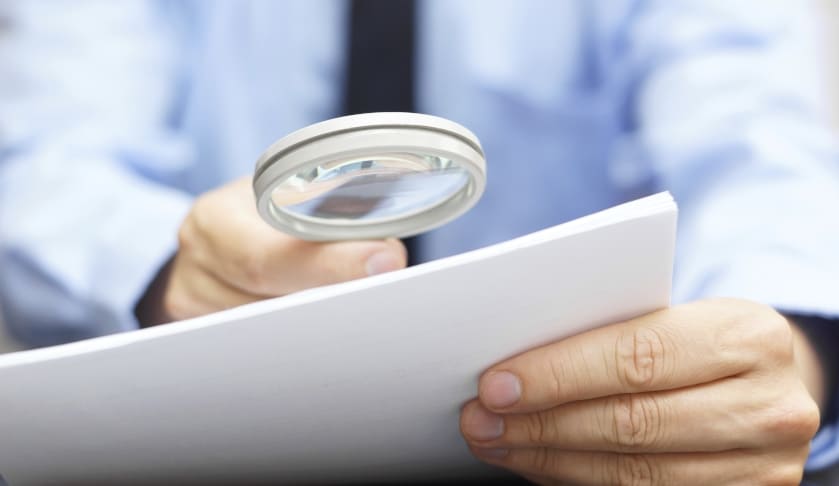NAB’s tips on house prices and hotspots to watch this year
The latest NAB Residential Property Survey for the first quarter of 2018 reveals the bank’s outlook on property prices moving state by state as well as the suburbs it thinks are worth keeping an eye out for.

Overall, house prices Australia-wide are expected to decrease to -0.8 per cent this year, down by 4.8 per cent.
The only capital city expected to see a continued rise in house prices when compared to last year is Perth, rising by 3.6 per cent to 1 per cent.
Despite falling by 6.4 per cent, Hobart is predicted to be the best performing capital city, with house prices expected to rise by 6.5 per cent.
The capital city with the smallest fall, according to NAB, will be Brisbane with a decline of 1.4 per cent to see house prices rise by 1.7 per cent; then Adelaide with a decline of 3.3 per cent to see house prices remain steady; then Sydney to decline by 5.5 per cent (to be the only individual state or territory decline) to see house prices slide by 3.4 per cent; and then Melbourne, which is expected to drop a whopping 9 per cent to see house prices rise by just only 0.1 per cent.
With conditions being hit the hardest in Sydney and Melbourne, Alan Oster, NAB’s chief economist, associated the conditions with these capital cities and their states with the crackdown on investor lending instigated by APRA which some have described as going too far and, for the most part, has pushed investors out of the market.
“[The crackdown] has also seen growth in investor credit slow to around 2.8 per cent in the year to February. As the largest investor market, Sydney house price momentum has slowed dramatically, and now is also weakening in Melbourne,” Mr Oster said.
“The Melbourne and Sydney house price market no doubt has also been affected by a slowing to a six-year low in foreign investors, albeit there was a small increase in foreign interest in the current quarter.
“Looking forward, it is hard to see a near-term rebound in Sydney and Melbourne house prices, especially given consumer concerns about the cost of living and high levels of household debt. While it is unlikely that the RBA will be increasing rates anytime soon, consumers remain very cautious. We do not expect that cautiousness will abate any time soon.”
The impact on Sydney and Melbourne, in particular, is the cause root of the expected housing decline for this year.
Next year, however, these cities are expected to see more of an overall stabilisation, with housing prices predicted to see rises of 2.2 per cent in Sydney to -1.2 per cent growth, 2.1 per cent in Melbourne to 2.2 per cent growth, 1.7 per cent in Adelaide to 1.7 per cent growth, 0.3 per cent in Brisbane to 2 per cent growth and 0.2 per cent in Perth to 1.2 per cent growth.
Hobart is predicted to see further decline when compared to last year, falling by 4.8 per cent to still see positive growth at 1.7 per cent, further moderating the growth the capital city has seen over the last few years.
Despite the overall decline experienced in the capital cities, NAB has highlighted the following suburbs across Australia that are expected to see above-average growth over the next year:
New South Wales
- Campbelltown
- Crows Nest
- Marrickville
- Pyrmont
Victoria
- Brighton
- Frankston
- Mt Waverly
- Northcote
- Richmond
- South Yarra
- St Kilda
- Werribee
Queensland
- Coomera
- Gold Coast
- Southport
- Springfield
- Sunshine Coast
- Tarragindi
Western Australia
- Applecross
- Armadale
- Perth
- Scarborough
South Australia
- Bowden
Tasmania
